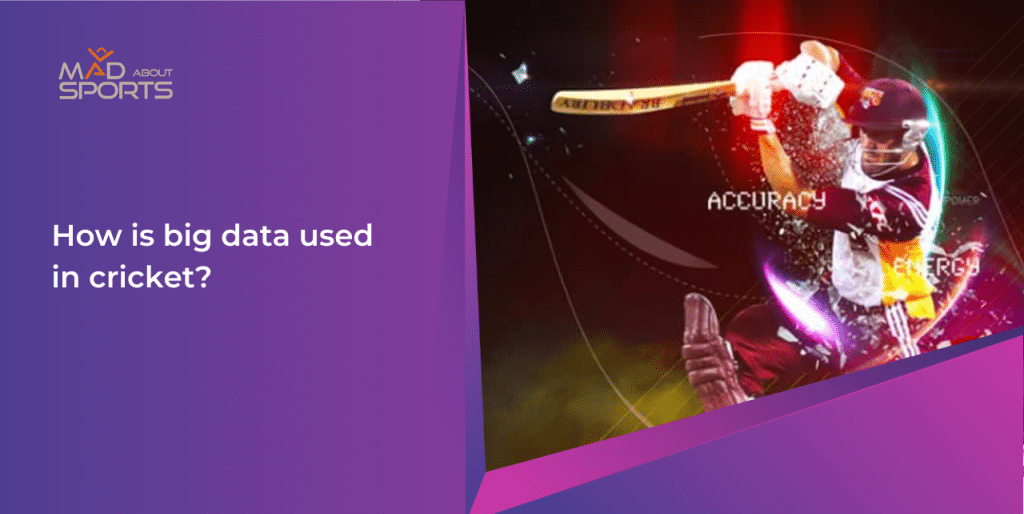Cricket, frequently regarded as a gentleman’s game, has seen an incredible transformation in recent years. Beyond the talent of the players and the excitement of the game, data analytics have been embraced by the sport to acquire a competitive edge.
In this blog, we will explore how big data is used in cricket and has given teams and players the ability to make data-driven decisions, plan effectively, and improve performance like never before.
Table of Contents
Unleashing the Power of Big Data Analytics
Data, which is characterized by its volume, velocities, and variety, has developed into a rich source of insights for cricket teams. Big data involves obtaining, storing, processing, and analyzing huge amounts of data, including details about players, games, pitches, previous outcomes, and more. By using this information, teams can better understand the game and decide wisely at every stage.
Let us now see some key areas in cricket where big data is used:
1. Scouting and Talent Identification
Data has transformed the way teams identify and scout talent. Comprehensive databases of player statistics enable teams to assess performance across various parameters, such as batting average, strike rate, bowling economy, and fielding skills.
By analyzing these statistics, teams can identify promising young players, and hidden gems, and even predict the potential success of players in different formats of the game.
2. Performance Analysis and Strategy
Cricket teams now employ data analytics to analyze performance, identify strengths and weaknesses, and develop effective strategies. Statistical models help teams understand player preferences, scoring patterns and tendencies. Using these insights coaches and strategists can then tailor game plans, optimize player roles, and make data-driven decisions during matches, enhancing their chances of success.
3. Injury Prevention and Fitness Management
Injuries are a common concern in cricket, affecting player availability and team performance. Data analytics can play a crucial role in injury prevention and fitness management. By tracking player workload, physical condition, and performance indicators, teams can identify patterns that may lead to a player’s injuries. This information helps in creating personalized training programs, optimizing recovery periods, and minimizing the risk of injuries.
4. Umpiring Decisions and Technology
If you think that big data is only limited to players and team performances then you are wrong. Big data analytics has even influenced umpiring decisions. With the development of technology like ball-tracking systems and Hawkeye, vast amounts of data are analyzed in real-time to make accurate decisions regarding LBW (leg before wicket) calls, run-outs, and edge detection. These technological advancements have significantly reduced the errors in decision making.
Conclusion
Big data analytics has completely changed cricket, providing teams and players with priceless information. Data-driven techniques now influence every aspect of the game, from player identification to performance analysis, injury prevention to umpire decisions. We can anticipate many more use cases of advanced data in cricket in near future as technology advances, elevating the game to new heights and exciting cricket fans around the world.




